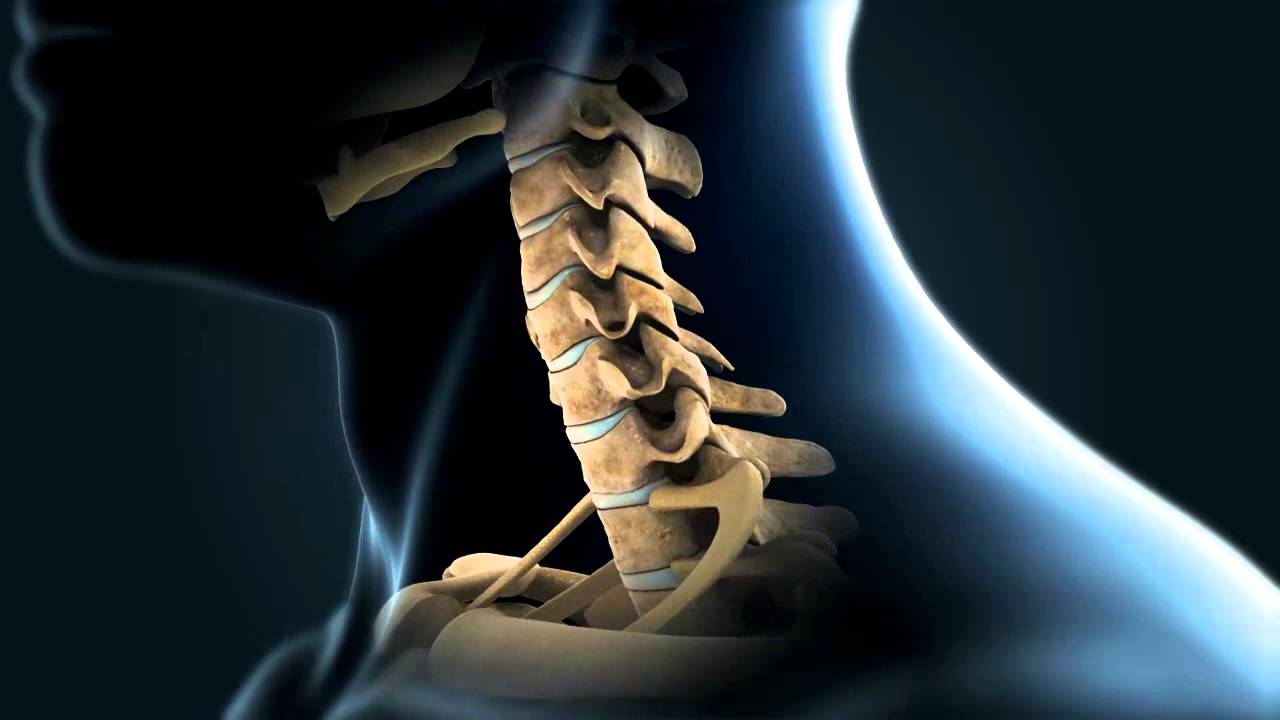Overview
Coccydynia, often referred to as coccyx pain, is a disorder characterized by misalignment of the coccyx or coccyx, which is located at the base of the spine. This pain may be sharp, aching, or throbbing, and may worsen with sitting, standing, or walking. Although it is not a life-threatening condition, it can interfere with a person's daily activities and quality of life. Dr.Irfan Malik at Mspine helps to overcome this condition.







